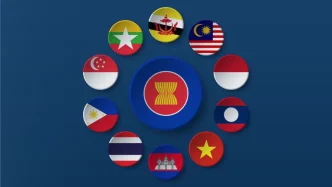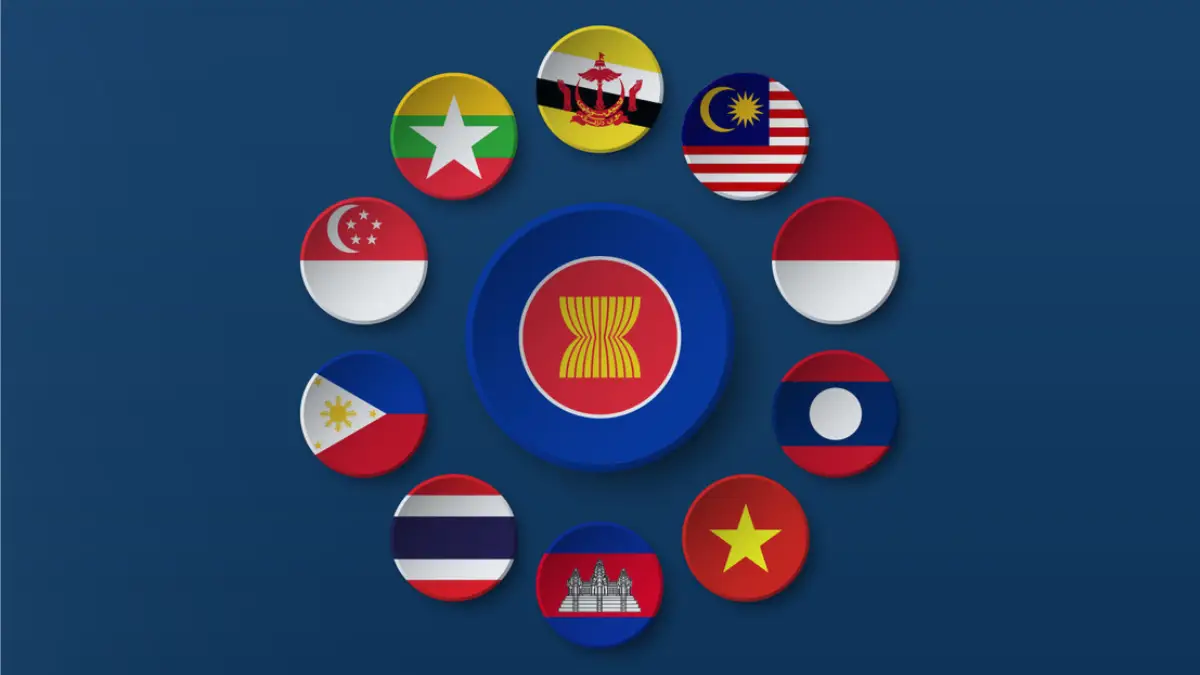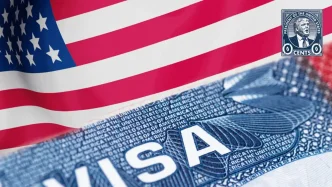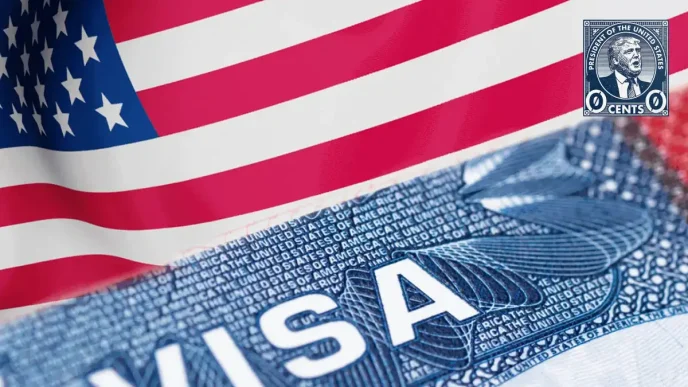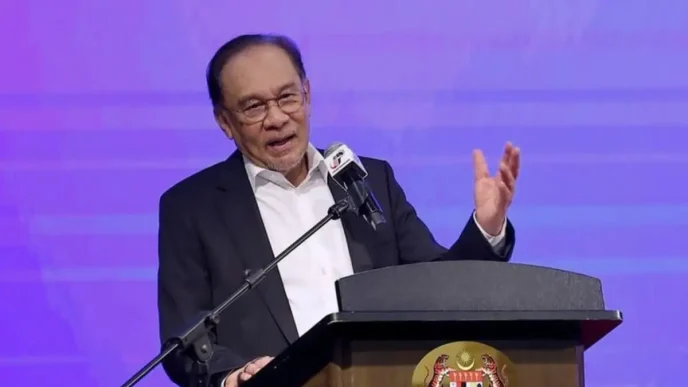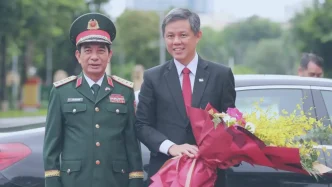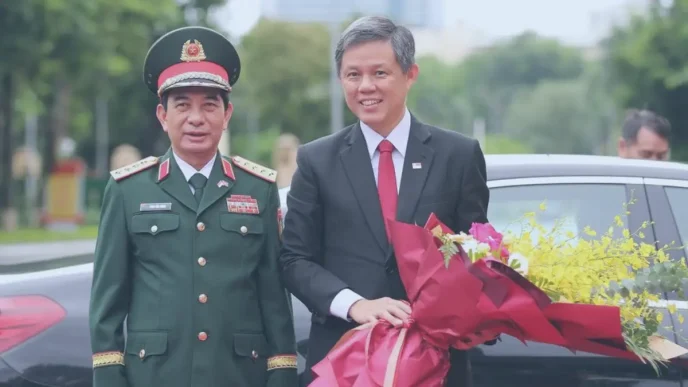In a region grappling with economic disparities, geopolitical tensions, and environmental crises, the Association of Southeast Asian Nations (ASEAN) faces mounting calls to place people at the heart of its policies. As the bloc navigates complex challenges—from trade disruptions to climate change impacts—experts and leaders are emphasizing the need for a human-centric approach to ensure sustainable progress across its 10 member states.
Navigating a Complex Landscape
ASEAN, representing over 650 million people and a combined GDP of approximately US$3.6 trillion, stands at a critical juncture. The region’s diversity, while a strength, also presents significant hurdles. Economic inequality between member states like Singapore, with its high per capita income, and less developed nations such as Laos or Cambodia, remains stark. Additionally, external pressures, including trade tensions between major global powers, have disrupted supply chains critical to ASEAN economies, many of which rely heavily on exports.
Recent discussions among regional leaders highlight the urgency of addressing these disparities. At a recent forum, policymakers underscored the importance of inclusive growth to prevent further marginalization of vulnerable communities. Reports from trusted regional outlets indicate that without targeted interventions, the economic recovery post-pandemic risks leaving millions behind, particularly in rural areas and informal sectors.
Human-Centric Policies as a Solution
The call for a people-focused agenda is not new, but it has gained renewed traction amid current challenges. Advocates argue that ASEAN must prioritize social welfare, education, and healthcare alongside economic targets. For instance, improving access to digital infrastructure could empower small businesses and farmers in remote areas, bridging the urban-rural divide. Such initiatives, experts suggest, could also bolster resilience against future economic shocks.
In Vietnam, where rapid industrialization has lifted millions out of poverty, there are lessons to be learned. Local reports highlight how government programs targeting vocational training have equipped workers for emerging industries. Yet, challenges persist, with many in rural areas still lacking basic services. Similar patterns are evident in Indonesia and the Philippines, where urbanization has outpaced infrastructure development, leaving slums and informal settlements vulnerable.
Geopolitical and Environmental Pressures
Beyond economics, ASEAN’s geopolitical environment adds another layer of complexity. The South China Sea remains a flashpoint, with overlapping territorial claims involving several member states and external powers. While ASEAN has sought to maintain neutrality, balancing relations with major economies like China and the United States is proving increasingly difficult. This delicate dance impacts not just diplomacy but also trade and investment flows critical to the region’s growth.
Environmental challenges further complicate the picture. Southeast Asia is among the most vulnerable regions to climate change, with rising sea levels threatening coastal cities and extreme weather disrupting agriculture. In Thailand and Vietnam, flooding has displaced thousands in recent years, while deforestation in Indonesia and Malaysia continues to draw international scrutiny. A unified regional response, grounded in the needs of affected communities, is seen as essential to addressing these crises.
Voices from the Ground
Across the region, civil society groups are amplifying the call for a more inclusive ASEAN. In Myanmar, despite ongoing political turmoil, community leaders have urged regional bodies to prioritize humanitarian aid over political posturing. Similar sentiments echo in Cambodia, where grassroots organizations advocate for land rights protections amid rapid development.
In a recent statement, a senior official from the ASEAN Secretariat emphasized the bloc’s commitment to its people. The official highlighted that their vision for 2025 and beyond focuses on ensuring that every citizen benefits from regional integration, signaling a potential shift toward more equitable policies. While specific programs remain under discussion, this rhetoric signals a potential shift toward more equitable policies.
Economic Integration vs. Social Equity
ASEAN’s flagship initiatives, such as the Regional Comprehensive Economic Partnership (RCEP), aim to deepen economic ties and boost trade. However, there is growing concern that such agreements may disproportionately benefit larger corporations and wealthier nations within the bloc. Small and medium enterprises (SMEs), which form the backbone of many ASEAN economies, often lack the resources to compete on a regional scale.
To address this, some member states are piloting programs to support local businesses. Malaysia, for instance, has introduced subsidies for SMEs to adopt digital tools, a move praised by industry analysts. Yet, scaling such efforts across diverse legal and economic systems remains a daunting task. Without harmonized policies, the risk of uneven development persists, potentially exacerbating existing inequalities.
Youth and the Future of ASEAN
With a significant portion of its population under 30, ASEAN’s youth represent both a challenge and an opportunity. High unemployment rates in countries like Indonesia and the Philippines underscore the need for job creation, while digital literacy gaps hinder access to emerging sectors like technology and e-commerce. Investing in education and skills training, particularly in underserved areas, could unlock this demographic dividend.
Youth-led movements across the region are also pushing for greater accountability. From climate protests in Thailand to calls for political reform in Myanmar, young activists are demanding a seat at the table. Their voices, amplified through social media, are reshaping public discourse and pressuring leaders to address systemic issues like corruption and inequality.
Regional Cooperation: A Path Forward?
Collaboration remains ASEAN’s greatest asset, yet achieving consensus among 10 nations with divergent priorities is no small feat. The bloc’s principle of non-interference, while preserving sovereignty, often hampers swift action on cross-border issues like migration or environmental degradation. Some analysts argue that a more flexible framework, allowing for sub-regional initiatives, could accelerate progress without undermining unity.
Examples of successful cooperation exist. The ASEAN Power Grid, aimed at enhancing energy security through interconnected infrastructure, demonstrates the potential for shared solutions. Similarly, joint disaster response mechanisms have improved coordination during natural calamities. Building on these, a renewed focus on human development—through healthcare partnerships or education exchanges—could strengthen regional bonds.
Balancing Growth and Humanity
As ASEAN charts its course through turbulent times, the tension between economic ambition and social responsibility looms large. The bloc’s leaders face a delicate balancing act: fostering growth while ensuring that no one is left behind. Historical patterns suggest that neglecting the latter risks unrest and instability, a lesson evident in the region’s past.
For now, the emphasis on people-centric policies offers a glimmer of hope. If ASEAN can translate rhetoric into actionable reforms—prioritizing education, healthcare, and environmental protection alongside trade deals—it stands to redefine its role on the global stage. The path ahead is fraught with obstacles, but the stakes could not be higher for the millions who call this region home.
As the bloc prepares for upcoming summits, one question lingers: Can ASEAN truly become a community that serves its people, or will systemic challenges continue to overshadow its aspirations?

